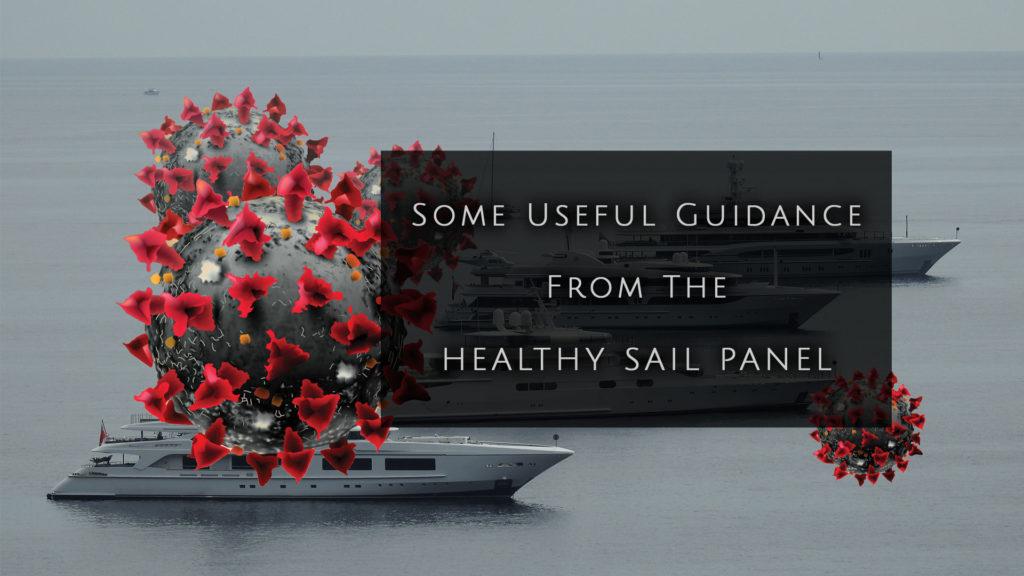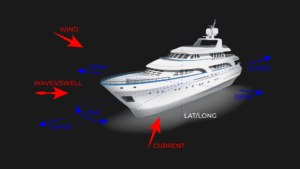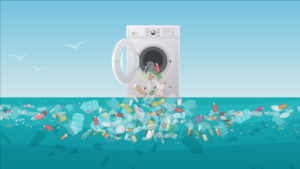It could be suggested there is too much information available on COVID-19 and the pandemic; including, an almost infinite number of articles and commentary on the internet, numerous Circulars and Guidance from the IMO and, publications from the International Chamber of Shipping (ICS) such as Coronavirus (COVID-19) Guidance for Ship Operators for the Protection of the Health of Seafarers (version 3.0 29th September 2020).
This excess of information can be confusing and, also as suggested in Tom Nichols book “The Death of Expertise” result in a tendency to trust in the internet to make us ‘experts’ in all manner of subjects and, resist or even ignore, advice from those with a deep understanding and experience of the subject matter, including COVID-19 – this can lead to poor outcomes.
With the absence of a collective response from the industry, it has been left to individual yacht management companies and/or captains and crew to wade through the mass of information, try to assess its quality and efficacy, and then develop and implement their own protocols and procedures in response to the virus. And, whilst some of these are well thought out and effective, others on deeper analysis, are perhaps like the ‘Swiss Cheese’ risk assessment analogy, have holes for the virus to pass through.

Courtesy: Norwegian Cruise Line Holdings Ltd.
Recommendations from the Healthy Sail Panel
So, it was a great relief to come across the “Recommendations from the Healthy Sail Panel.” This is the first document I have seen from a related industry with a well-researched and holistic approach to the prevention, protection and mitigation of COVID-19, in an easy to follow format.
The Healthy Sail Panel is a collaboration between Royal Caribbean Group and Norwegian Cruise Line Holdings Ltd who put together a panel of World leading experts to help inform and find a new pathway back to the “new normal” of sailing. The resulting research and recommendations are broken down into 5 key focus areas, with over 70 recommendations, many of which are applicable to yachting.
The key focus areas are: –
- Testing, Screening and Exposure Reduction
- Sanitation and Ventilation
- Response, Contingency Planning and Execution
- Destination and Excursion Planning
- Mitigating Risks for Crew Members
It is well worth downloading and reading. I suggest you also follow up on some of the footnote references.
COVID testing is one of the subjects with references in the footnotes. Further reading clearly highlights the value of testing for screening and diagnosis but, like the use of electronic aids to navigation, you have to be aware of the limitations, errors and accuracy.
I was certainly confused by the various tests; Rapid Antigen, PCR, Antibody, etc., their effectiveness for screening, diagnosing present and past COVID infection. The US CDC footnote reference in the Healthy Sail Panel certainly helped my understanding, along with the infographic below – found on the Nature website in their article “Fast coronavirus tests: what they can and can’t do.”

Courtesy: Nature “Fast coronavirus tests: what they can and can’t do”
It became clear that, amongst other factors, the timeline of infection has a big effect on the various tests and why caution is required – especially with the Rapid Antigen tests that may be used by yacht crew.
Indian Ocean and Caribbean Passage
As many yachts and crew are readying themselves for passages to the Caribbean, Indian Ocean or further afield, I thought it was also worth considering this in the context of COVID-19 and posing the following question: –
“Should you self-isolate the yacht and crew and test before departing?”
Clearly, the time taken in transit is likely a suitable quarantine period for destination arrival purposes. However, the reason I pose the question is that given that most yachts will be departing from countries/areas with high rates of infection, and crew will have been enjoying shore leave and their time in port, what happens if a crewmember is infected, but tests negative (if tested) and is asymptomatic prior to departure?
Once underway and symptoms present, not only would there be concerns of further infections amongst the crew, and medical treatment if severely affected, there would also be concerns about at the port of destination; would the port allow the yacht to berth and what are the reception and medical facilities for any infected crew?
The same goes for ‘crossing crew’ do you bring them in early and quarantine (onboard in single cabin) and test prior to departure?
Clearly, no captain wants to restrict well-earned shore leave but, then again, it is important to avoid any crewmember being infected and becoming a medical emergency and/or a vector for further transmission, especially on a long sea voyage, so it makes sense to try and prevent this outcome.
I’d be interested to know how yachts and management companies are dealing with this. Some considerations:
- What methods are in use for mitigating the risk of infection prior to departure
- Has the port authority of your arrival destination been contacted and what is their policy in the event of an infected crewmember on an arriving yacht
- Do the hospitals have the facilities and capacity to handle a COVID-19 patient
- Are there any additional medical supplies and PPE above ‘Medical Scales’ that may be recommended to carry
The above, departs slightly from the main reason for this post but, for those about to embark on a lengthy passage, it’s something worth thinking about?
Hopefully, the Healthy Sail Panel offers some useful information on COVID-19 that may help with your own procedures. And, perhaps it might be used as a reference by industry associations such as MYBA, LYBRA, IYBA, in a collaborative effort to create our own yachting recommendations. These would not only be of value to captains, crew and yacht management, they would also help to instil confidence in owners and charterers through the knowledge that industry accredited measures were in place to protect them whilst onboard.









